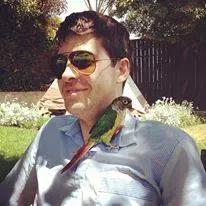In this lesson you will learn to recognize the hiragana characters in the table below.
Later on, you will encounter the small っ, which is also a hiragana character. This character does not represent a specific sound, but is used to create a double consonant. For example, the word やっぱり is written yappari and the word ほっこり is written hokkori. In the lesson about conjugating い-adjectives you will encounter the word なかった. This word is pronounced na + kat + ta with the か ending with a t-sound intead of the usual a-sound.
| Hiragana | a | i | u | e | o |
|---|---|---|---|---|---|
| - | あ | い | う | え | お |
| k | か | き | く | け | こ |
| s | さ | し | す | せ | そ |
| t | た | ち | つ | て | と |
| n | な | に | ぬ | ね | の |
| h | は | ひ | ふ | へ | ほ |
| m | ま | み | む | め | も |
| y | や | ゆ | よ | ||
| r | ら | り | る | れ | ろ |
| w | わ | を | |||
| n | ん | ||||

